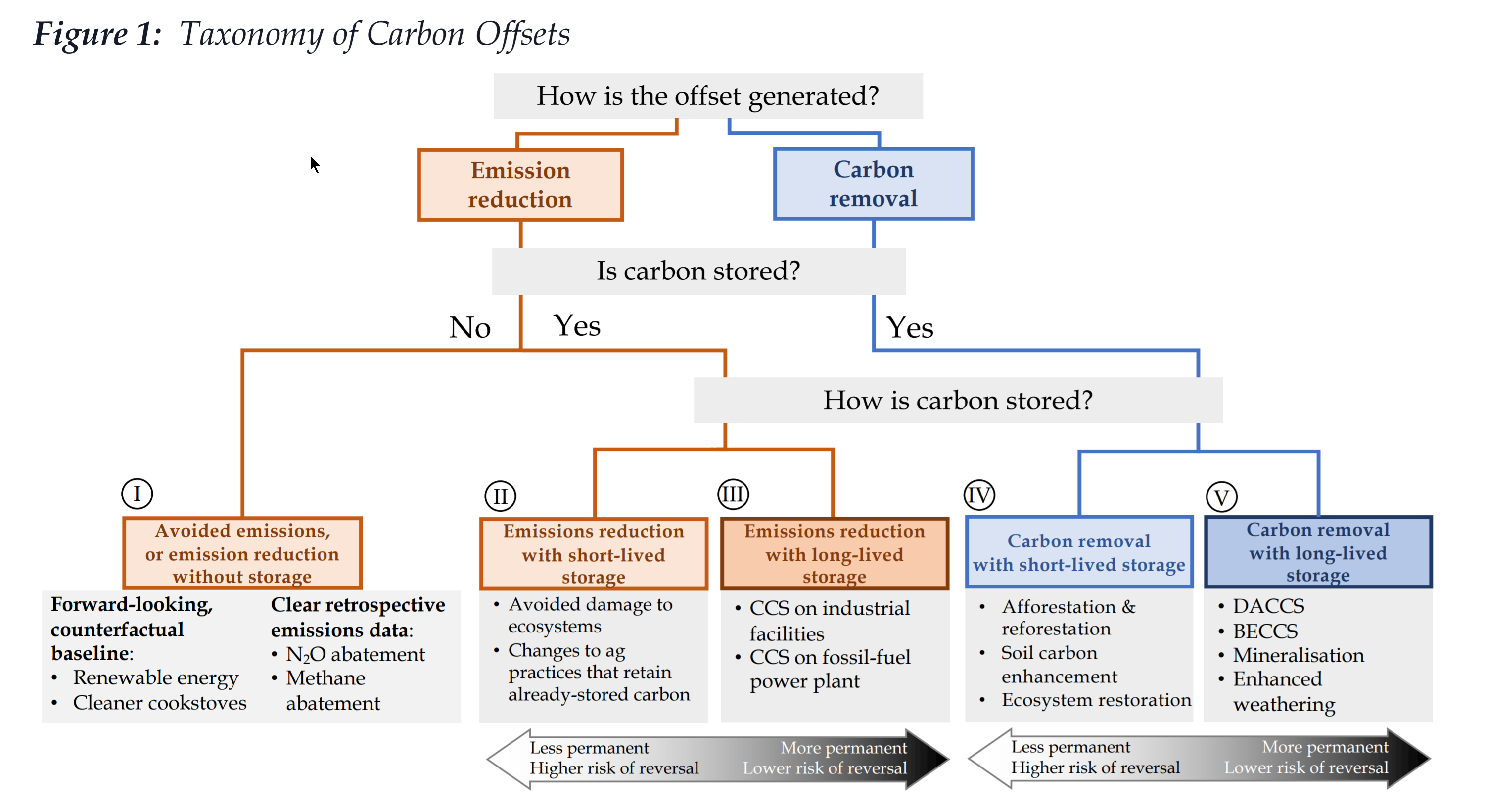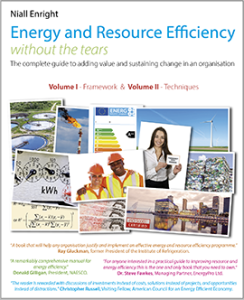
Amongst all the possible responses to climate change few topics are as hotly debated and controversial as offsetting. So it was with interest that I read the recently released “Oxford Principles for Net Zero Aligned Carbon Offsetting”.
This is a brief (12-page) document produced by a number of collaborators from a range of disciplines and schools in the University of Oxford. Its objective is to redefine best practice for offsetting as we aim for net-zero emissions and beyond.
The question in my mind is will I recommend to my clients that they adopt these principles?
While I do have some practical concerns about these principles, as described below, I would strongly recommend my fellow climate change and sustainability practitioners look at these and contribute to the debate about what offsetting is and should achieve.
The four principles organisations are asked to sign up to are:
- Cut emissions, use high quality offsets, and regularly revise offsetting strategy as best practice evolves.
- Shift to carbon removal offsetting.
- Shift to long-lived storage.
- Support the development of net zero aligned offsetting.
Principles, 1 and 4 are pretty straightforward and no one would, I think, have any issue with them. The novelty in this paper – for me at least – arises from Principles 2 and 3.
In order to explore these ideas, I have reproduced Figure 1 in the document, below, which provides us with a “taxonomy” or classification of the offsets available so that we can understand what is meant by “removal” and “storage”. Of course, “Carbon” here is a proxy for any greenhouse gas.

So, we have five forms of offsetting, labelled I to V on the bottom row of the figure. The paper argues, in Principles 2 and 3, that “net zero” offsetting should move as rapidly as practicable towards offsets in categories IV and V, whilst acknowledging that these forms of offsets are currently immature.
It is here that my views diverge from the paper’s authors regarding the superiority of removal (in blue) compared to avoidance (in orange). For example, they say of Category I avoided emissions, such as renewable energy generation:
“Note that avoided emissions (Type I) should not be considered superior to Types II-V on the basis of permanence, since such emissions may only be temporarily avoided. The marginal quantity of fossil fuel whose use is avoided by such an offset might get purchased and consumed by someone else (carbon leakage), or it may remain in the ground for years, only to be extracted and emitted at a later date when prices and other conditions change (intertemporal carbon leakage).”
Actions such as “Renewable energy” or “Cleaner cookstoves” that stop gasses getting into the atmosphere are regarded as inferior to longer-term, unproven and costlier mechanisms to remove carbon from the atmosphere once it is already there, simply because the service that they provide – such as light or heat– could at some point in the future be met again by fossil fuels. This, in my humble opinion, is an example of “perfection being the enemy of good” – theoretically correct but practically flawed thinking.
I think what the paper’s authors may have done is to conflate sufficiency with efficiency. It is becoming increasingly clear that emissions reductions on their own will be insufficient to limit climate change to under 1.5 °C and that some form of active GHG removal will need to be considered.
In an ideal world, then, emissions reductions will be maximally achieved by the emitters themselves through their own actions driven by mechanisms other than offsetting (such as minimum energy efficiency standards, renewables obligations, F-gas phase out treaties, land-use regulations etc.). This would free up offsetting resources to support carbon removal. But, while we are continuing to add GHGs to the atmosphere, using offsetting to avoid these additional emissions is a good thing. In fact, reduction is currently much cheaper and quicker to achieve than removal, so will deliver a bigger decrease in GHGs per £ spent. Reduction is more efficient, and may well remain so.
The authors acknowledge that removal technologies are not mature enough at the present time, so they foresee organisations gradually shifting their offsetting from type I to type V over time, but the entire thrust of the paper, as demonstrated by Principles 2 and 3, is to shift offsetting to the removal technologies.
This raises another point of debate, which centres around what an offset actually is. I would describe offsetting as an action taken to measurably reduce GHGs in the atmosphere outside your own sphere of direct control. Offsetting is a tool to mitigate any residual emissions that an organisation is incapable of avoiding in its own operations.
Given that definition, it is questionable whether Type III offsets in figure 1, Carbon Capture and Storage, should be considered an offset mechanism at all, as implementing this technology should be the responsibility of the primary emitter, the fossil-fuel power plant or the industrial facility. Folks may say, quoting the principle of additionality, that this is a valid offset because the cost of this mitigation may be too high for the emitter themselves to bear. But if that is the case, and assuming the emitter, like other organisations, is committed to net-zero, we would have the paradoxical case that the emitter pursues offsets at a lower cost elsewhere to achieve net zero, while simultaneously receiving offset payments from other organisations to support the CCS that they say is infeasible. The alternative case would be that organisations committed to net zero uses offsets to underpin the operations of other organisation which has no such commitment.
Which bring me to the fourth Principle. Here, folks are asked to actively support the development of net zero aligned offsetting (i.e. the move towards removal with long-lived storage) through a number of mechanisms such as market signalling, aggregation of offset demand, alliances, the differentiation of carbon offsets from natural capital protection as well as regulations and standards.
In my humble opinion, the most significant driver for removal should be government investment, regulation and law-making and this should be emphasized in Principle 4. In the first place governments should mandate achieving net-zero operations by organisations over time, which will maximize their internal emissions reductions activities and create a market for removals offsets entirely disconnected from existing operations such as Direct Air Capture or Mineralization. There is also a very strong case for government R&D and subsidy for these technologies in order to help make them available. Offsetting alone, as a voluntary mechanism, regardless of signalling or alliances, is unlikely to lead to a breakthrough – what is needed is a “moonshot” programme to test and bring these technologies to market as quickly as possible and only governments can make that happen.
To return to the original question, “Will I be recommending these principles to my clients today”? Probably not, because they require a commitment to as yet immature and unproven technologies. However, I do very much welcome another perspective in the debate about offsetting and applaud the authors for drawing our attention to the need for GHG removal. If there was an emissions-eating machine which could cost effectively permanently remove an organisation’s GHG emissions at a reasonable cost, this would avoid all the complexities associated with additionality, gaming, permanence, double-counting, verification etc, which bedevils current offsetting.
In the meantime, for an excellent discussion on traditional approaches to offsets I would highly recommend the GHG Management and Stockholm Environment Institutes’ pdf Securing Climate Benefit: A Guide to Using Carbon Offsets or their website.
Bottom line is that offsets should never be substitute for cutting emissions. Do feel free to download my free 840 page textbook on energy and resource efficiency which sets out many of practical techniques to reduce emissions within organisations.



0 Comments